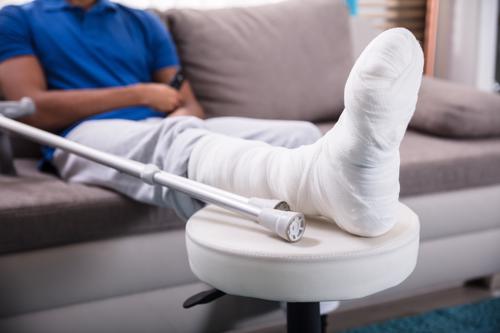- October 1, 2019
- Personal Injury
You are injured at the hands of another and you want to file a claim for compensation. But before doing so, you must determine who is at fault for your injuries in order to seek damages against the correct party. In some case, this is an easy task with an obvious responsible party. However, under other circumstances, making this determination requires some analysis. With a knowledge of the law and some preliminary investigation, an attorney can prove helpful in these situations.
Negligence cases hinge on four elements: duty, breach, causation and damages. In order for a person to be at fault, he or she must possess the requisite duty. This means that the party must owe some type of a legal responsibility to you. For example, a driver owes other drivers a duty to abide by traffic signals and laws.
Once you establish who owed a duty in your situation, you must next determine whether the duty was breached. If the individual did not breach the duty, no negligence occurred. A driver breaches his duty if he runs a red light.
The next step to determining fault is an analysis of causation. This means that the actions or inactions of the at-fault party actually caused your injuries. In the above example, if the driver strikes a vehicle that is moving through the intersection at the same time, it is very likely that the driver caused any resulting injuries by running the red light.
Lastly, you must show that your injuries resulted in actual damages. This includes medical expenses and loss wages, among other costs.
Proving Intentional Conduct
For an intentional tort personal injury action, the determination of fault depends on an intentional action instead of negligence. Intentional actions are done with purpose. The intention may or may not be to injure, but there must be an intention to voluntarily undertake the action in question. For example, in an assault and battery claim, the at-fault party is the person who intentionally committed the battery. Due to the criminality of these types of actions, identifying the responsible party is easy if a criminal court has already determined guilt.
Strict Liability
In strict liability cases, you are not required to prove negligence for the determination of liability. Instead, the case centers on your injury and whether it was a foreseeable circumstance of the action. In North Carolina, certain dog bite cases fall under strict liability.
Negligence Per Se
The legal theory of negligence per se only applies to specific situations where the negligent action is a violation of a legal statute. In these cases, you are not required to show that the party acted unreasonably. The conduct of violating the statute is automatically classified as negligence. Examples of these types of statutes are building code regulations and some traffic laws.









